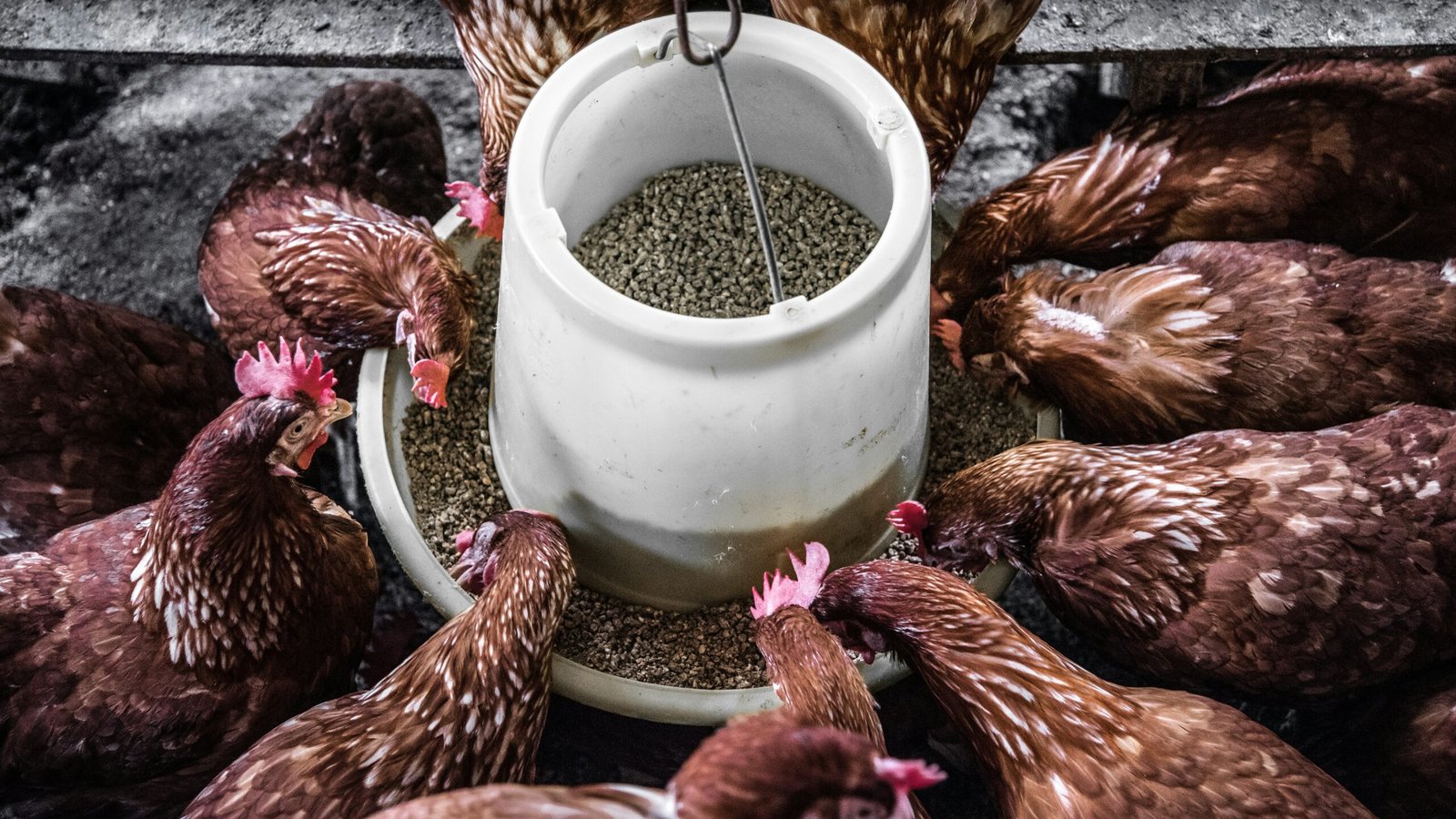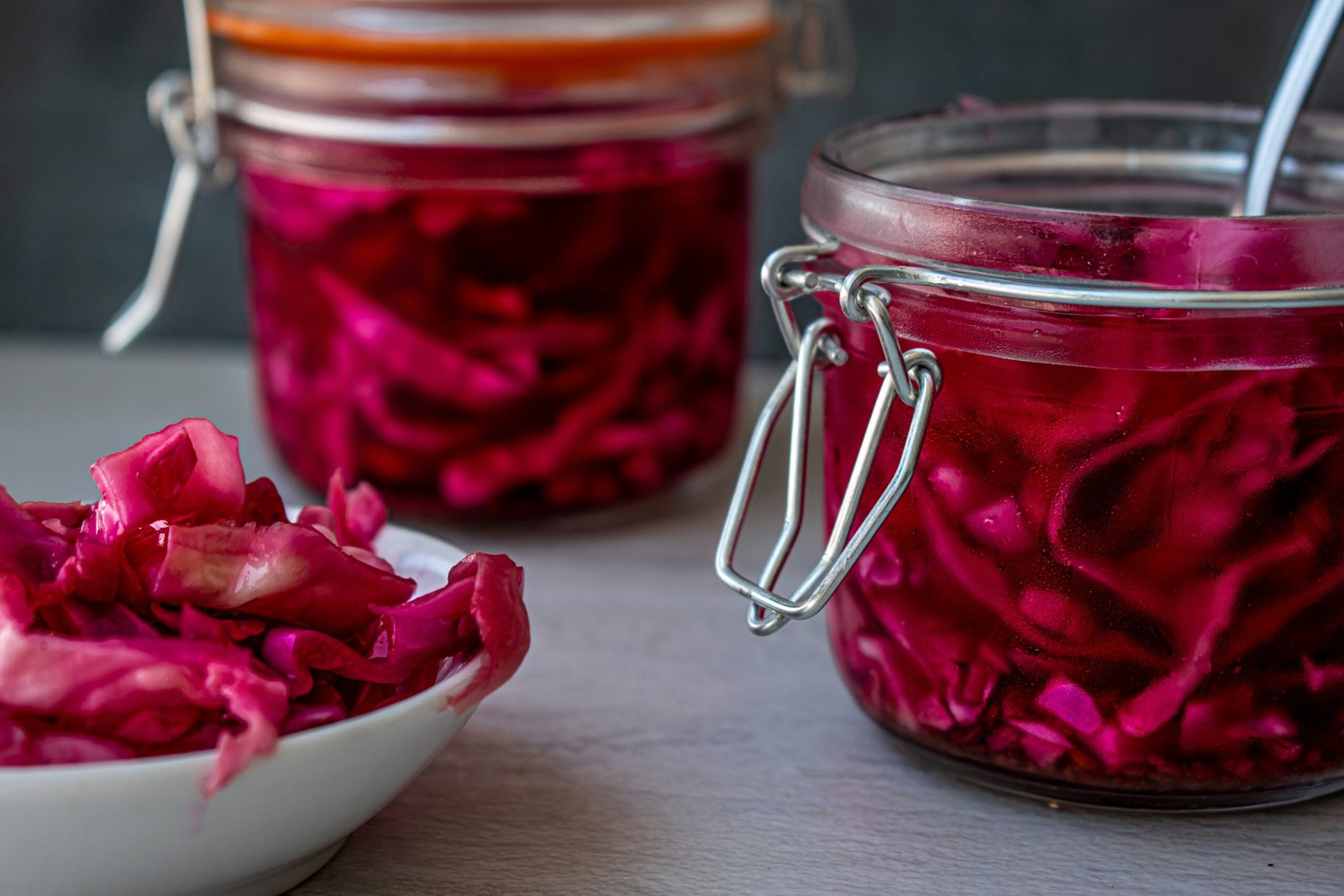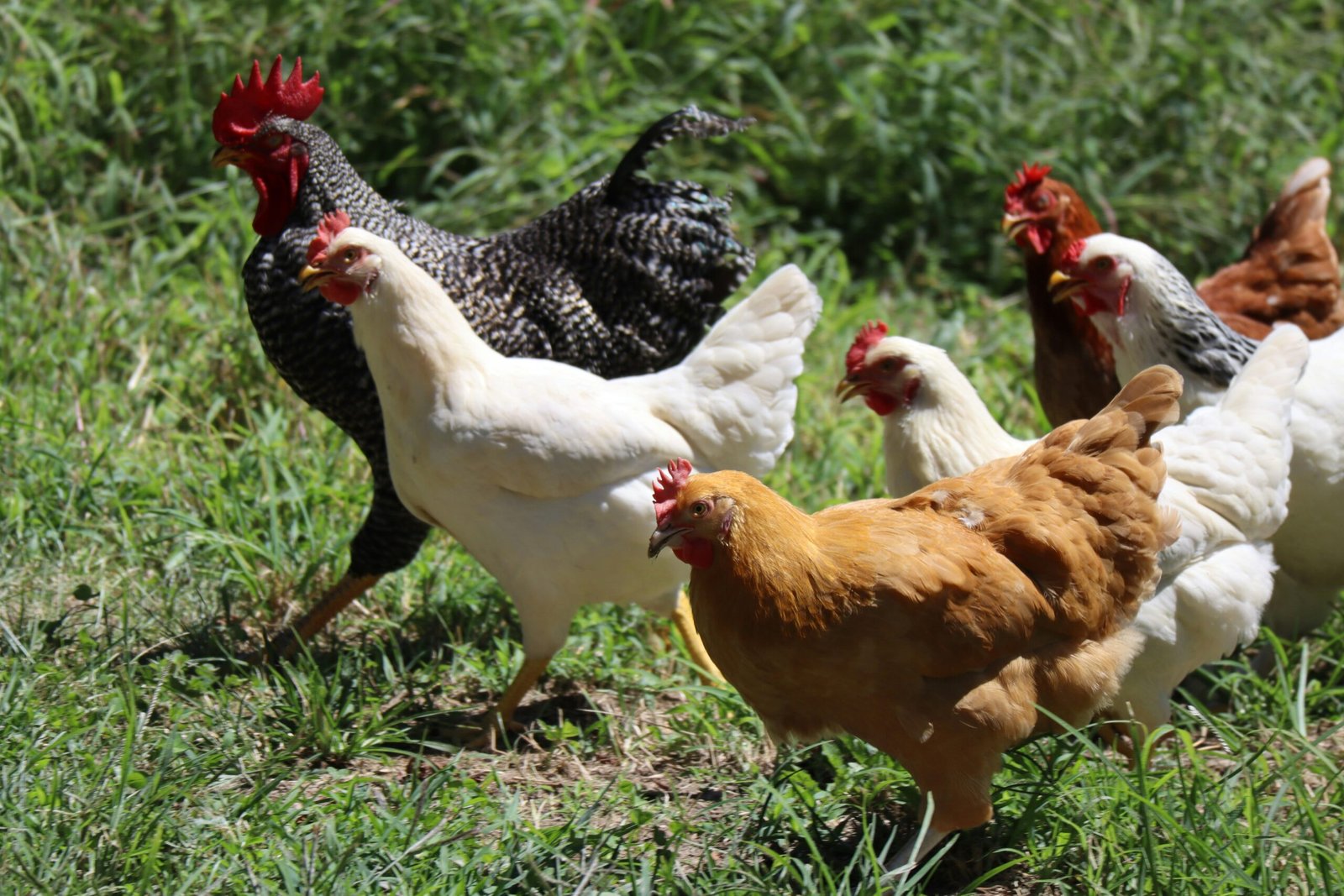Are you a small-scale homesteader looking to maximize your egg production? Whether you’re a beginner or an experienced homesteader, there are several strategies you can implement to ensure a steady supply of fresh eggs. In this article, we will explore breed selection, optimal housing conditions, and natural ways to extend laying periods.
Breed Selection
Choosing the right breed of chickens is crucial for maximizing egg production on a small-scale homestead. Some breeds are known for their high egg-laying capabilities, while others may not be as productive. Here are a few breeds to consider:
- Rhode Island Reds: These chickens are renowned for their excellent egg-laying abilities. They are hardy, adaptable, and can lay around 200-300 brown eggs per year.
- Leghorns: Leghorns are known for their exceptional egg-laying skills, producing around 280-320 white eggs per year. They are low-maintenance and thrive in free-range environments.
- Sussex: Sussex chickens are dual-purpose birds that lay approximately 250-300 brown eggs per year. They are friendly, docile, and great for small homesteads.
Remember to consider your specific needs and preferences when choosing a breed. Some breeds may be better suited for colder climates, while others may be more heat-tolerant.
Optimal Housing Conditions
Creating the right housing conditions is essential for maximizing egg production. Here are some tips to ensure your chickens are comfortable and productive:
- Coop Size: Provide at least 4 square feet of space per chicken inside the coop to prevent overcrowding. Overcrowding can lead to stress and reduced egg production.
- Nesting Boxes: Install sufficient nesting boxes for your hens to lay their eggs. A general guideline is to have one nesting box for every 3-4 hens.
- Lighting: Ensure your coop has adequate lighting. Chickens need around 14-16 hours of light per day to maintain consistent egg production. Consider using artificial lighting during the shorter daylight months.
- Ventilation: Proper ventilation is crucial to prevent moisture buildup and maintain good air quality. Fresh air circulation helps prevent respiratory issues and keeps your chickens healthy.
- Bedding: Use clean and dry bedding, such as straw or wood shavings, to provide a comfortable environment for your chickens. Regularly clean and replace the bedding to prevent the spread of diseases.
Natural Ways to Extend Laying Periods
If you want to extend the laying periods of your hens naturally, consider implementing the following strategies:
- Diet: Feed your chickens a balanced diet rich in calcium, protein, and essential nutrients. Include calcium sources like crushed oyster shells or eggshells to support strong eggshell formation.
- Supplemental Lighting: During the shorter daylight months, you can provide supplemental lighting in the coop to mimic longer days. This can help stimulate egg production and extend the laying season.
- Stress Reduction: Minimize stress factors in your flock. Ensure they have access to fresh water, a clean environment, and ample space to roam and forage. Stress can negatively impact egg production.
- Molting: Allow your hens to go through their natural molting process. Molting is a period of rest for chickens, and after molting, they often resume laying eggs with renewed vigor.
- Seasonal Adjustments: Understand that egg production naturally fluctuates with the seasons. During colder months, egg production may decrease due to reduced daylight hours and colder temperatures.
By implementing these strategies, you can maximize egg production on your small-scale homestead. Remember to choose the right breed, provide optimal housing conditions, and consider natural ways to extend laying periods. Enjoy the bountiful harvest of fresh eggs from your happy and healthy flock!





